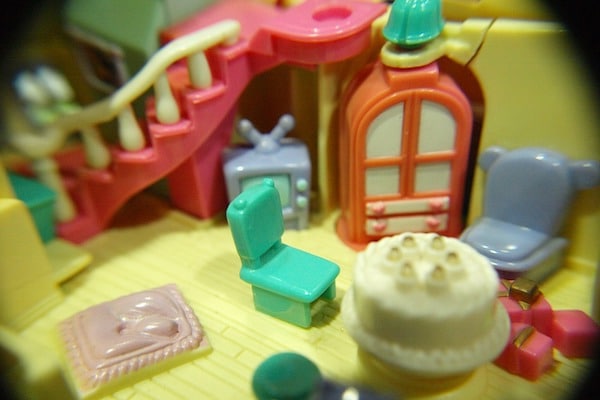
My friends in Vancouver have been talking non-stop about the latest real-estate innovation to hit our expensive city: micro lofts. They are only 270 square feet of compact urban living – roughly the size of two parking spaces. In a city with some of the most expensive real estate in the world, micro lofts were inevitable. People are living in accommodations that combine the sink, toilet, and shower into a single washroom enclosure. But there is a question on everyone’s mind. “Is organizing these small spaces even possible?”
When the CBC interviewed me about this topic, I noted that in a perfect world where you have as much space as you could possibly need, you would just keep everything. But for most of us, organizing our living spaces means making choices. What do you really need? What do you actually use? And what do you just have around because of emotional attachment or memory?
For those of us who don’t live in spacious mansions, these are very practical questions. One way to face it is to ask yourself, what would I keep if I could only have 100 items? Would I keep my video gaming system? All the DVDs I have collected but never actually watch? How many sets of cutlery do I need? Which is more important the set of coasters that I bring out for company twice a year, or my toothbrush? (Well, I hope you’d choose the toothbrush, but it’s your choice.)
We’re moving into smaller spaces and as a result, self-serve storage is a booming industry. It’s not just people shifting gears in a tough economy. Many retired residents are moving from 2000 or even 5000 square foot homes into rooms equivalent to a micro loft – and they have acquired decades’ worth of stuff.
But if you’re paying for a storage locker after you downsize, how much would that extra $200 or $300 per month buy you in rent or a mortgage? If you’ve filled up your garage and you have to pay to park your car on the street, how much are you paying every month for stuff that you might never use?
When I’m working with my clients through the downsizing process, it is often cathartic. They realize what is really important to them. At the same time, they learn how to make smarter decisions about how they use their space. For instance, in smaller spaces, you learn how to turn your coffee tables and ottomans into multi-functional furniture and find places for hidden storage.
Organizing small spaces is often a challenge at the beginning. But in the end, my clients experience a better standard of living from their homes than they ever had before.
Image by Eduardo Davad from Pixabay
